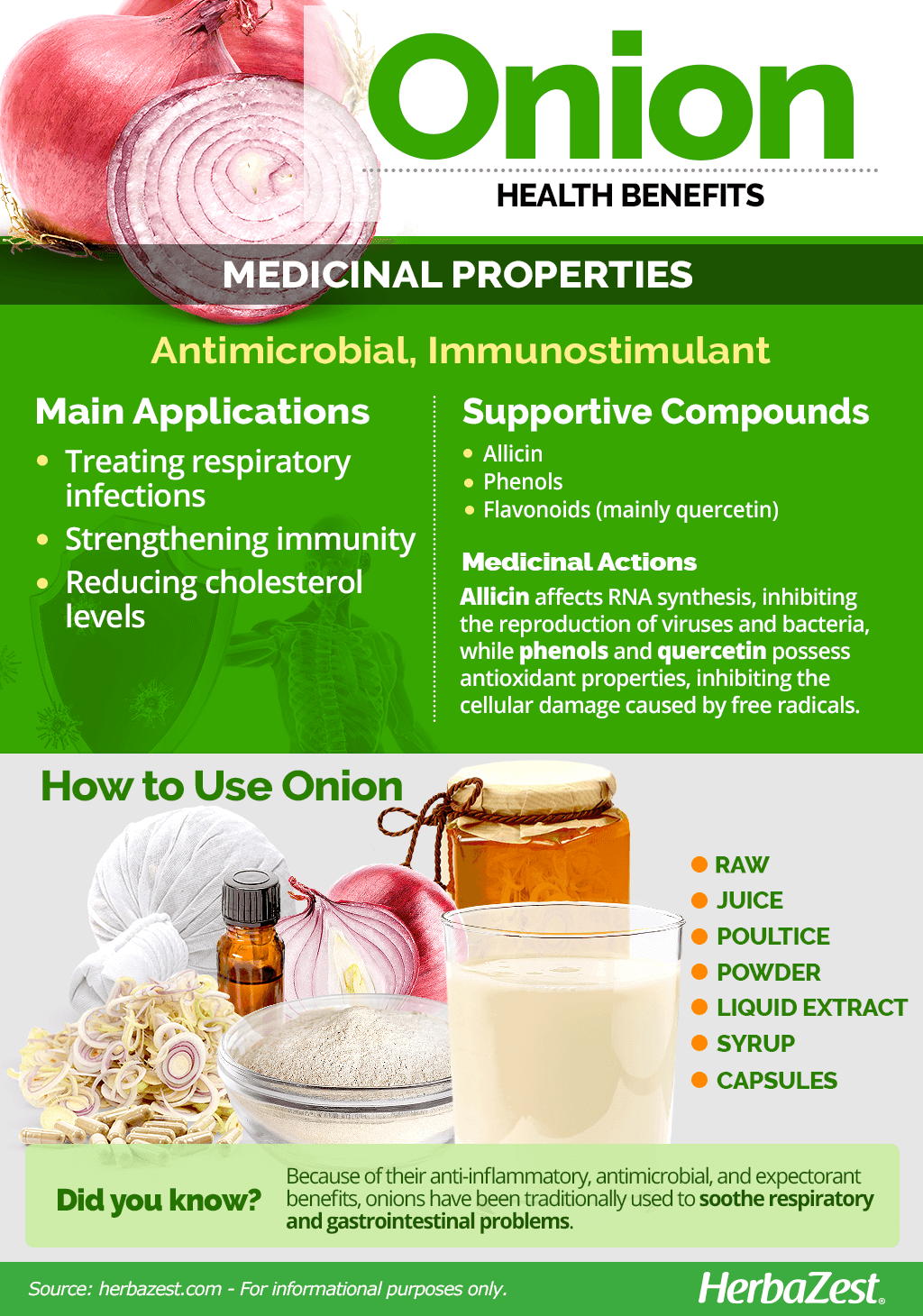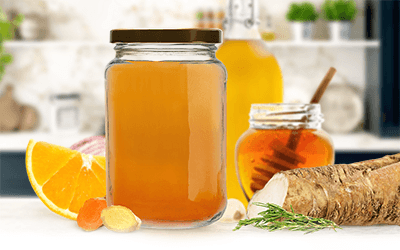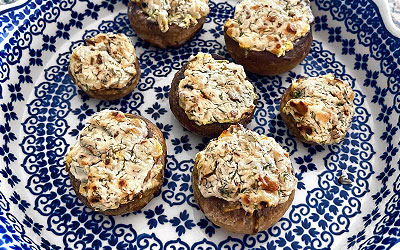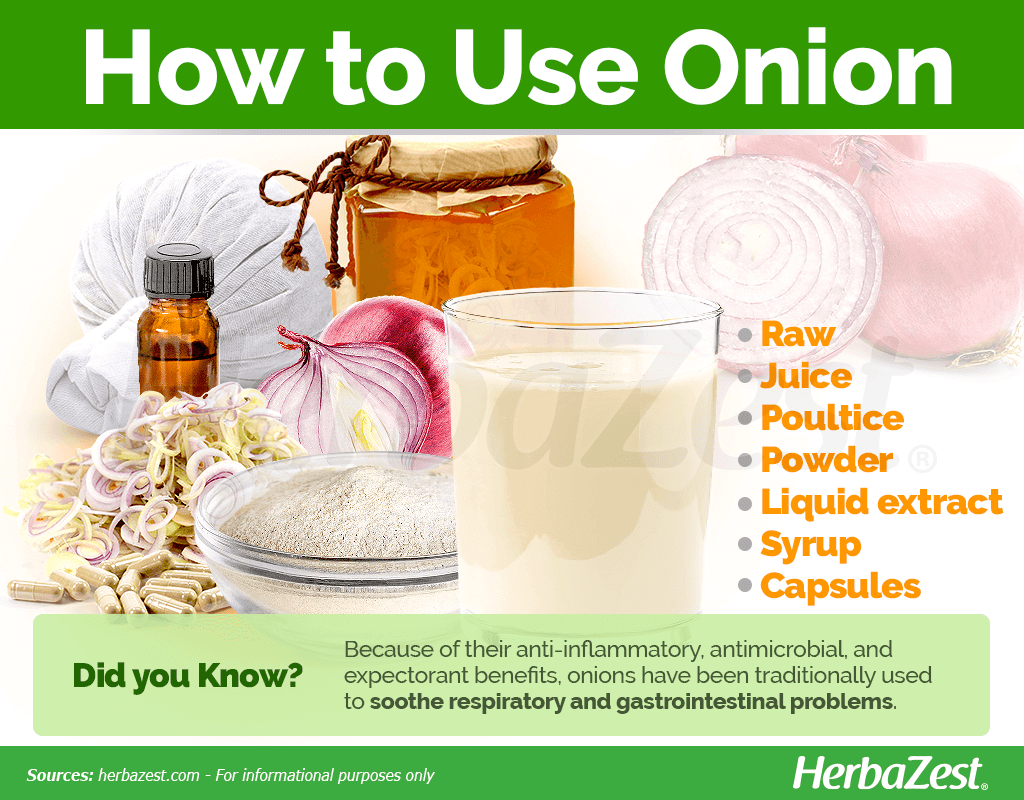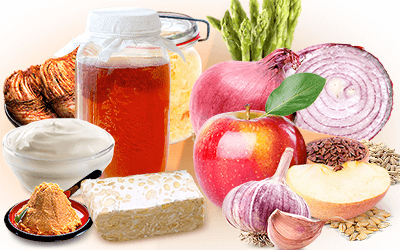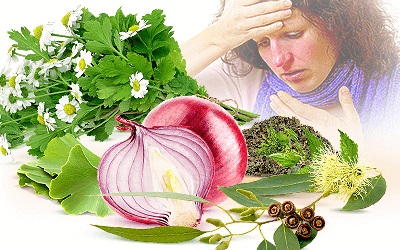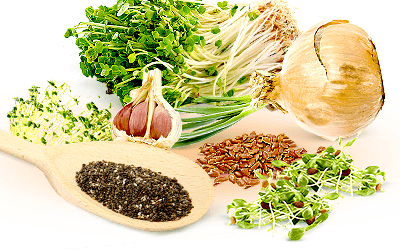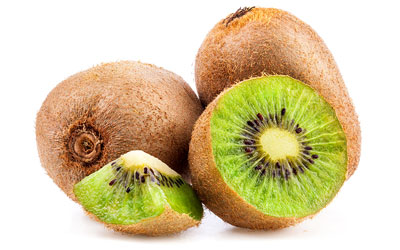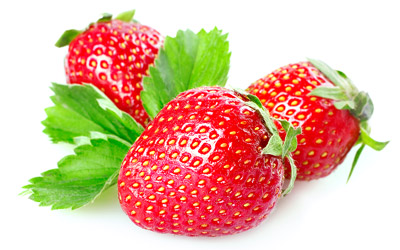Onion, a vegetable originally from the Eastern Mediterranean, has been one of the most popular culinary additions around the world. Widely regarded as a staple food during the Middle Ages, the bulbs were used to pay house rent and for treating many health conditions. Nowadays, onion is found in cupboards and cuisines across the globe, and it has also been recognized as a source of medicinal benefits.
Onion Medicinal Properties
- Medicinal action Antimicrobial, Immunostimulant
- Key constituents Allicin, phenols, flavonoids
- Ways to use Capsules, Liquid extracts, Food, Juiced, Poultice, Powder, Ointment, Syrup
- Medicinal rating (2) Minorly useful plant
- Safety ranking Safe
Health Benefits of Onion
Because of its antimicrobial properties, onion has been used for centuries as a natural antibiotic and antifungal agent. It also possess antispasmodic and immune stimulant properties, which have been proved by modern science. Nowadays, the most common medicinal uses of onion include:
Treating respiratory infections. The antispasmodic and antimicrobial properties of onion have been used for thousands of years to treat all kind of respiratory diseases, from asthma and bronchitis, to common cold and flu.
Strengthening immunity. Onion properties have the ability to stimulate immune response, which protects the human body from the attack of harmful fungus and bacteria.
Reducing cholesterol levels. The sulfur compounds in onion have proven effective reducing the production of unhealthy cholesterol in the body.
Additionally, onions are thought to be helpful for promoting cardiovascular health by improving blood circulation, regulating blood pressure, and reducing the risk of blood clots.
How It Works
The main active ingredient behind the medicinal properties of onion is allicin, a sulfuric compound that's abundant across Allium species. Other phytocompounds found in onions include phenols and flavonoids, as well as quercetin and alliinase.
Allicin affects RNA synthesis1, inhibiting the reproduction of viruses and bacteria, while high levels of phenolic acids and flavonoids, mainly quercetin2, give onion its antioxidant properties, inhibiting the cellular damage caused by free radicals. The absorption rate of onion's quercetin is twice that from tea plant and more three times that from apple3.
A promising study suggests that onions may be useful for reducing cholesterol levels that influence liver inflammation4. It has been shown that consuming onion produces changes in the metabolism of fatty acids, aiding recovery from oxidative damage due to excess of cholesterol. Additionally, onion extract has proven effective in controlling blood sugar and cholesterol levels in women with gestational diabetes.
The main active ingredient behind onion's uses is allicin, a potent antibacterial and antiseptic agent.
Strong antibacterial and immunostimulant properties can be found in garlic, whereas olive and sacha inchi also support cardiovascular health.
Onion Side Effects
However, onions also carry an unpleasant side effect of irritating the eyes and triggering inflammation of the tear glands. Allinase is an enzyme that interacts with a sulfur compound called alliin when the onion tissue is damaged, generating different sulfenic acids, which are responsible for making people cry when chopping the raw bulbs.
Onions also can cause headaches and flatulence in sensitive people, particularly those suffering from irritable bowel syndrome (IBS).
Cautions
Diabetics taking medication should also be wary when consuming onion, because it can potentially lower blood sugar levels to the point of causing hypoglycemia.
Onion doesn't need to be completely avoided during pregnancy and breastfeeding; however, it shouldn't be consumed in large amounts.
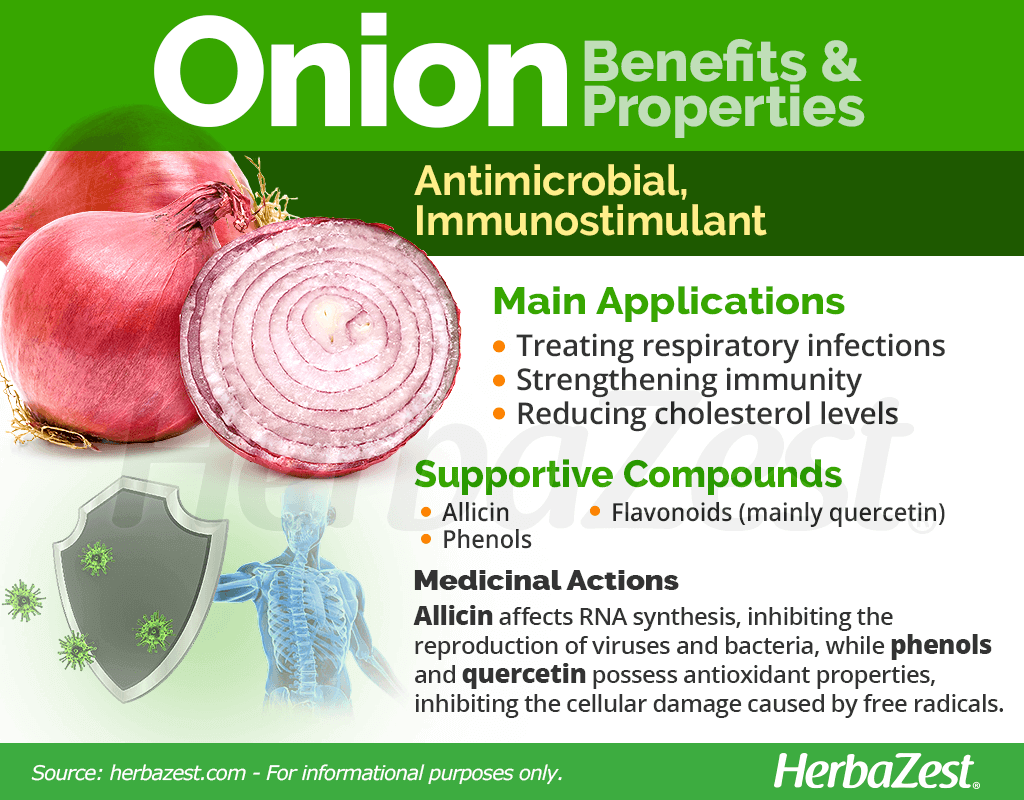
Onion Nutrition
Onions have been a staple food in major civilizations for a good reason. They are not only low in sodium and contain zero fat, but also provide adequate levels of dietary fiber and essential nutrients, such as vitamin C (ascorbic acid), which plays a key role in boosting immunity and protecting the body from harmful pathogens.
Onion bulbs also provide good amounts of B vitamins: B6 (pyridoxine), necessary for normal brain development and function as well as the production of hormones serotonin and norepinephrine (which influence mood) as well as melatonin (which helps regulate sleep patterns). B6 is also essential for vitamin B12 absorption as well as for the production of hemoglobin and immune cells. On the other hand, B9 (folate) plays an important role in fetal development and blood cells production. The nutritional value of onions is rounded by small amounts of potassium, calcium, and iron.
A medium sized onion (110 g) provides 44 calories and zero fats, as well as 8% of the daily value for dietary fiber.
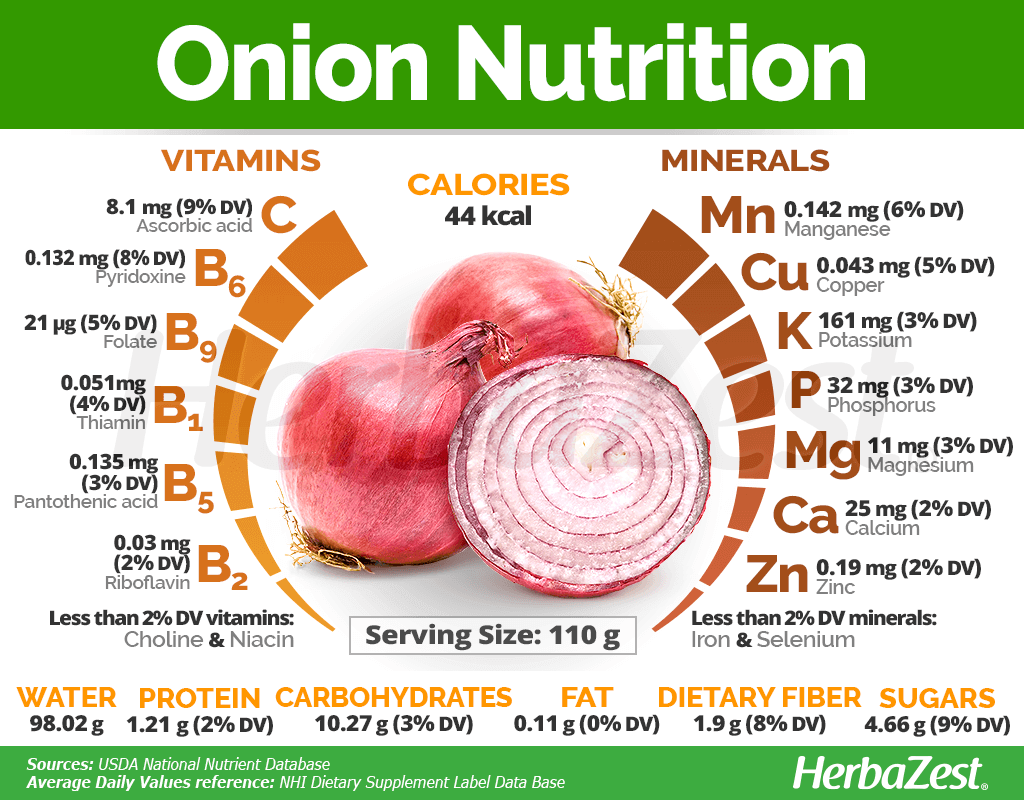
How to Consume Onion
- Edible uses Flavoring, Condiment, Beverage, Oil
- Taste Pungent
The onion bulb is highly regarded around the world as a flavor enhancer for salads, sandwiches, stews, and many other types of preparations. However, herbal remedies concentrate the medicinal properties of onion.
Natural Forms
Raw. Freshly chopped onions can be consumed in salads. Their anti-inflammatory, antimicrobial, and expectorant benefits can be used to soothe respiratory and gastrointestinal problems. Raw onions are also used topically to eliminate warts.
Juice. Onion juice has been traditionally used as an antiseptic and antimicrobial agent for the treatment of wounds and infections, as well as for relieving fever, catarrh, bronchitis, and cough. When used topically, onion juice can soothe the inflammation caused by insect bites and bee stings.
Poultice. Crushed raw onion can be applied on the forehead to reduce headaches, and a paste made of roasted onions can be applied over boils, bruises, wounds, and scraps.
Powder. The dried and finely ground onion bulbs preserve most of the properties of the herb, and can be used with the same purposes, in both culinary and remedial forms.
Herbal Remedies & Supplements
Liquid extract. The crude, concentrated extract of onion concentrates the antimicrobial, expectorant and anti-inflammatory properties of the herb, and needs to be diluted in water for oral consumption.
Syrup. This remedial preparation often comes mixed with other herbs, and it is commonly taken by spoon for the relief of respiratory diseases.
Capsules. This supplemental form, ideal for those who dislike the pungent smell of the onion bulb, provides the immune stimulant and antimicrobial benefits of the herb in standardized daily doses.
Buying
- Where to buy Supermarkets, Big online retailers, Farmers' markets, Specialized health stores, Online herb stores
Natural Forms
Raw onion is easy to find in most grocery stores or local markets throughout the year. The most common presentation of raw onion includes the whole unpeeled bulbs, which can then be peeled and chopped to be consumed raw or cooked, depending on individual preferences. Onion powder can also be found in supermarkets or purchased from online retailers.
Herbal Remedies & Supplements
Remedial forms of onion can be found in specialized health stores. In addition, there is a wide variety of onion supplement choices available through online retailers.
Growing
- Life cycle Annual
- Harvested parts Rhizome
- Growing habitat Temperate climates
The onion plant are best grown in similar conditions as garlic and other members of the Allium genus.
Growing Guidelines
The onion plant thrives when it is grown in well-drained soils, rich in organic matter, with a pH between 6.0 and 7.0.
Onions should be grown from seed, transplants or small bulbs, which should be planted in early spring. Once planted in rows, onions require a range of temperature of 45-95°F (7-35°C) in order to germinate.
Onion seeds should be sown 1/3 to ½ inch (0.8-1.3 cm) deep, in rows 12-18 inches (30-46 cm) apart.
A phosphorus fertilizer may be applied depending on the results of a soil test. Organic matter can be added in the form of compost or manure during autumn or spring.
The onion plant has shallow roots and needs frequent watering to maintain soil moisture and ensure proper development. However, onions won't need any more water once the bulbs are ready to be collected and the tops begin to fall.
Plagues that frequently attack this crop are onion maggots, which cause yellowing and wilting.
The onion plant is prompt to rot diseases, such as Fusarium basal rot, Botrytis neck rot and bacterial soft rot.
Additional Information
- Other uses Cleaning
Plant Biology
Onion is an annual bulbous herb that is now grown extensively around the world, mainly for culinary purposes. The fleshy bulb is formed by dense layers of leaf bases, which contain the nutrients responsible for the onion's medicinal benefits.
Classification
Onion (Allium cepa) is a member of the Amaryllidaceae family. This family contains approximately 1,600 species of herbaceous, bulbous flowering plants. Onion also belongs to the Allium genus, which notably includes garlic (Allium sativum), leek (Allium ampeloprasum), and chives (Allium schoenoprasum), all of them with a pungent odor, related to their medicinal and culinary properties.
Varieties and Subspecies of Onion
Over the course of history, different varieties and subspecies of onion have been cultivated through selective breeding in different regions of the world. The most common varieties are part of the common onion group. Plants in this group form large, single bulbs. There are also several European onions, which have protected geographical status.
Bulb onions (Allium cepa) are separated into three types: short-day, medium-day, and long-day, depending on the amount of sunlight they need and the geographical location where they are grown. According to this, short-day onions grow best in southern areas of the United States; medium-day onions thrive in the middle of the country; and long-day onions prefer northern latitudes. Each of these types include many cultivars.
Depending on their color, there are three varieties of onions: red, yellow, and white. Although red and yellow varieties are considered sweeter and milder in flavor, the level of sugar an pungency depends on the type.
Historical Information
Ancient Egypt was reportedly the first civilization to domesticate onion approximately 5,000 years ago. Documentation reveals that the onion was worshiped for its spherical shape and was considered a symbol of fertility. Experts also believe that onions were used for paying construction workers.
In ancient Greece, onions were consumed for their medicinal benefits, as they were thought to "lighten" the balance of blood.
Roman gladiators used onions to enhance muscle firmness.
Economic Data
Onions are mostly valued for alimentary and culinary purposes. Over nine million acres of onions are grown throughout the world annually. They are now grown by 170 different countries for domestic use, and about 8% of onions are traded internationally. China is currently the world's largest producer of onions, harvesting over 20 million tons each year. India and the United States take second and third position.
Other Uses
Gardening. Despite the pungency of its bulb, the onion plant have beautiful white to purple flowers, and it is a popular ornamental in home gardens.
Cleaning. Onion can remove kitchen utensils' rust by rubbing them against a bulb cut in half a few times.
Sources
- Exploring the Nutrition and Health Benefits of Functional Foods, p. 354
- Farmers' Almanac, Onion: Planting, Growing and Harvesting
- Juice Therapy: For Better Health
- Oregon State University, Types of Onions and Varieties
- The Complete Book on Onion & Garlic Cultivation with Processing, pp. 3-6
- The Secret Benefits of Onion and Garlic, p. 126
- University of Minessota, Growing Onions
- Veterinary Medicine, Allium species poisoning in dogs and cats, 2005
- USDA Plants Database, Plant Profile for Allium cepa
- Encyclopedia of Herbal Medicine, p. 164
- Medicinal Plants of the World, p. 39
- Garlic and Other Alliums
- Journal of Agricultural and Food Chemistry, Varietal Differences in Phenolic Content and Antioxidant and Antiproliferative Activities of Onions, 2004
Footnotes:
- Molecules. (2014). Allicin: Chemistry and Biological Properties. Retrieved February 19, 2020 from https://www.ncbi.nlm.nih.gov/pmc/articles/PMC6271412/
- Journal of Agricultural and Food Chemistry. (2007). Onions: a source of unique dietary flavonoids. Retrieved February 19, 2020 from https://www.ncbi.nlm.nih.gov/pubmed/17997520
- Journal of Agricultural and Food Chemistry. (2012). Pharmacokinetics of Quercetin Absorption from Apples and Onions in Healthy Humans. Retrieved February 19, 2020 from https://cpb-us-w2.wpmucdn.com/u.osu.edu/dist/4/14506/files/2019/07/Pharmacokinetics-of-Quercetin-Absorption-from-Apples-and-Onions.pdf
- Redox Biology. (2017). New insights into the effects of onion consumption on lipid mediators using a diet-induced model of hypercholesterolemia. Retrieved February 19, 2020 from https://www.ncbi.nlm.nih.gov/pubmed/28006722
